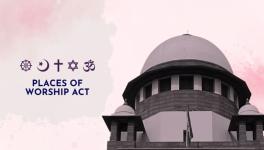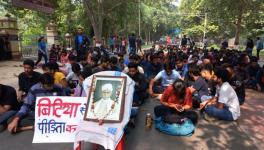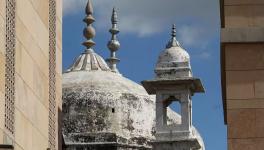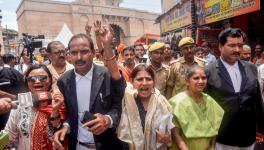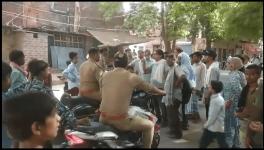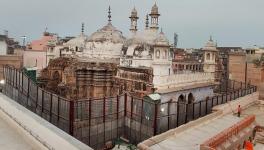Gyanvapi Case: Why Petitions in Varanasi Court may not Stand Judicial Scrutiny
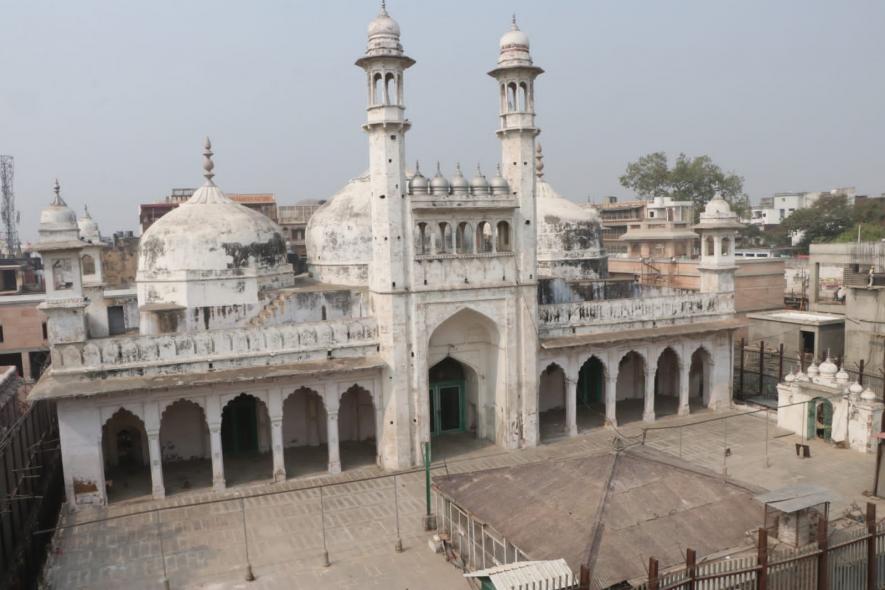
Varanasi (Uttar Pradesh)/New Delhi: Adjourning the plea challenging the survey of the Gyanvapi mosque-Shringar Gauri complex in Varanasi, where a 'Shivling' is stated to have been found for the first week of October, the Supreme Court on July 21 said it would wait for the Varanasi district court's decision on the objections of the Anjuman Islamia Masajid (the managing committee of the Gyanvapi mosque) regarding the maintainability of a civil suit filed by Hindu devotees.
The top court had on May 20 transferred from a senior civil judge to the Varanasi district judge the civil suit filed by Hindu devotees seeking the right to worship Goddess Shringar Gauri, Goddess Ganga, Lord Hanuman, Lord Ganesh along with Lord Adi Visheshwar and his bull carrier Nandi within the area of Settlement Plot No. 9130 — measuring about one bigha, nine biswas and six dhurs (roughly 0.89 acre) situated at Dashashwamedh in the city of Varanasi.
Though the matter has obvious political underpinnings with both parties (plaintiffs and respondents) and religious bodies differing on many points, the petitions' claims seem to contradict facts.
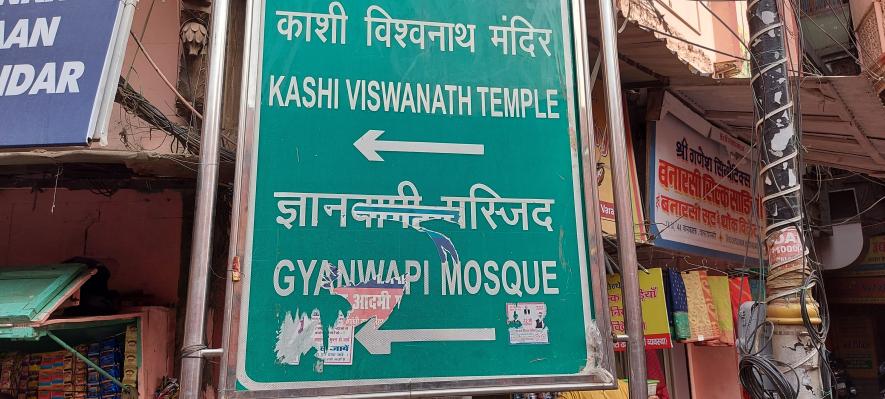
Take a look at how the claims made in the plaints differ from the facts of the matter:
1. The petitions claim that the building in question (the mosque and its premise) "contains the image of Swayambhu deity, Goddess Shringar Gauri, images of several gods and goddesses, some object of worship and Hindu religious facets from the time immemorial".
"The religious character of the building complex as a Hindu place of worship is continuing till date despite the construction illegally raised by Muslims (in 1669 allegedly on the commandment of Mughal emperor Aurangzeb)," it claims.
Notably, no substantial evidence has been annexed, except religious scriptures such as Puran, etc., supporting the claims made.
However, the facts emerging from the plaintiffs' submission suggest that the mosque continues to exist at the place since 1669. Therefore, possession of Muslims over the land and the religious character of the building as a mosque are admitted. The admission brings into the picture the Places of Worship Act, which bars petitions.
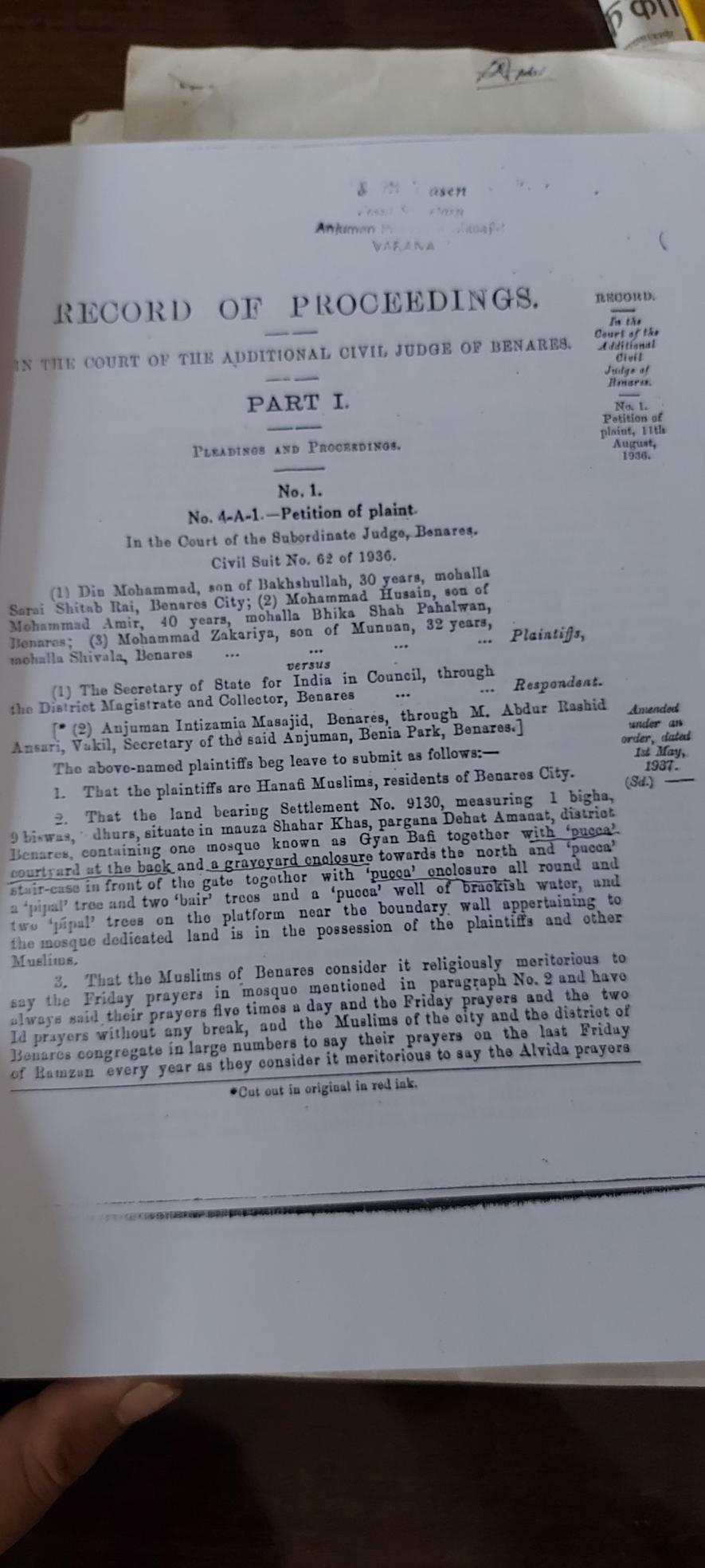
The 1991 legislation says that a mosque, temple, church or any place of public worship in existence on August 15, 1947, will retain the same religious character that it had on that day — irrespective of its history — and cannot be changed by the courts or the government.
Though the plaintiffs argue that "there are idols and objects of worship within the property in question and that the "temple has not lost its religious character at any point of time", they contradict their claims that the temple was demolished in 1669, a mosque was constructed, and religious activities as per Islamic faith are being performed there.
"The kind of activities that are being performed inside a structure as per personal law determines the nature of a place. The Act says there will be a status quo on the religious character of a structure that was there before August 15, 1947. If today you are seeking the right to worship inside the Gyanvapi mosque, it means they did not have the right earlier. So, the Places of Worship Act applies in this case that bars conversion of the religious character of the place. If the plea is allowed, there will be a conversion of the religious nature of the structure, and it would be a violation of the legislation enacted by Parliament," Advocate Abhaynath Yadav, who is representing the mosque's managing committee, told NewsClick.
2. The petitions further claim that the deity Adi Visheshwar is the "de-jure owner" of the entire Settlement Plot No. 9130, 9131 and 9132 in Mauza Shahar Khas, tehsil and district Varanasi, and the "Asthan of Lingam" vests in Adi Visheshwar up to five kos (roughly 8-9 miles) Parikrama Marg, i.e. in a circle around the lingam (Shivling).
The plaintiffs further state it is well recognised in the Hindu law that once a property is vested in a deity, the same will continue to be his property in perpetuity and that the deity can never be divested from its property.
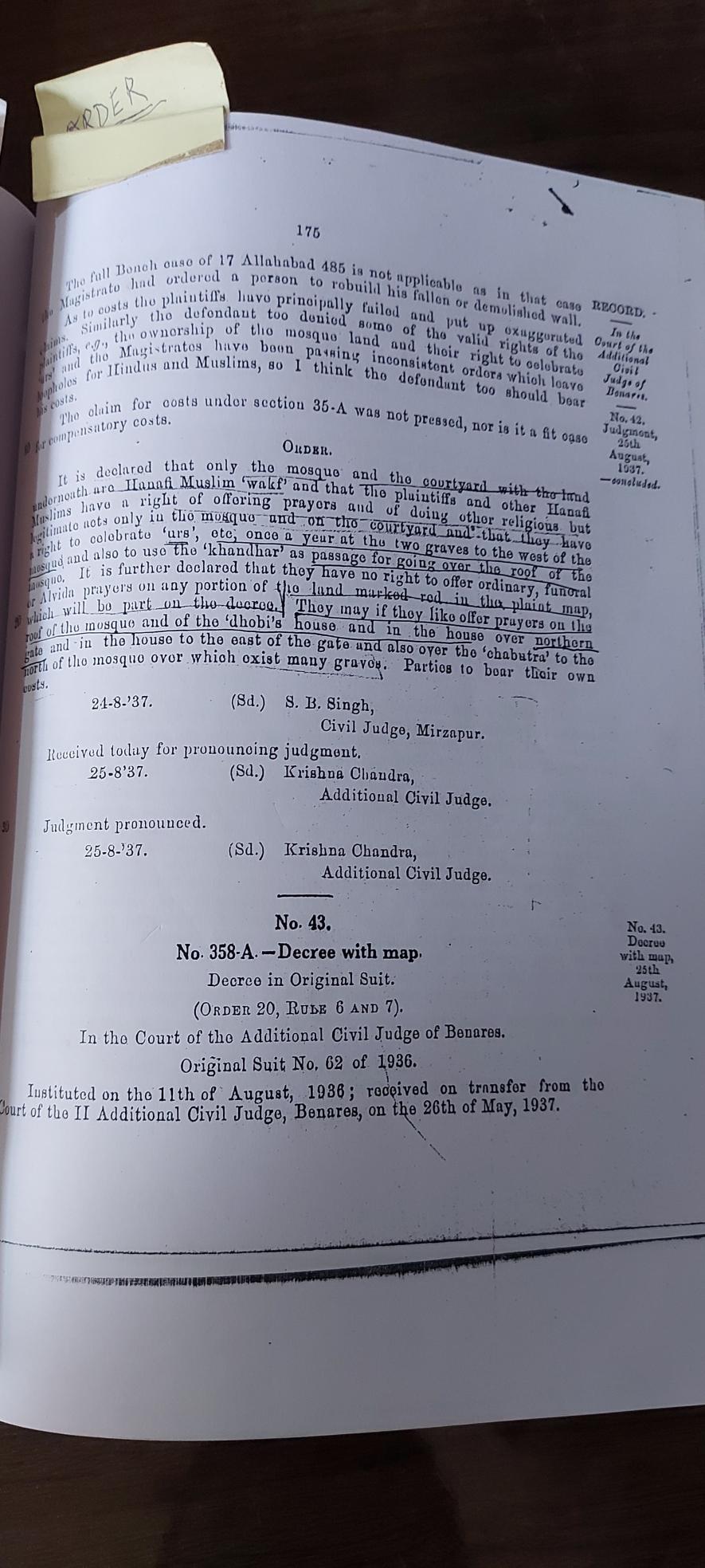
However, the plaintiffs have not explained how Adi Visheshwar is the legal owner of the land. Any property, as per law, can be acquired either by succession or by transfer through sale, gift, exchange, lease and will.
Any juristic person (the deity in this case) cannot have title over a property until it is transferred, donated or divested by the original owner. The entire petitions fail to explain who was the original owner of the property, who divested it to the deity, when the transfer took place, etc. and what the exact location and length and breadth of the land is.
In addition, the suits filed by Hindu parties admit that the deity is not the de-facto (real) but the de-jure owner of the property. It means he is the symbolic owner.
The Hindu plaintiffs argue that Benares (now Varanasi) is the adobe of Lord Shiva, where the Lord himself appeared as "Swyambhu" deity and created five kos "Avimukteshwar" area and "Jyotirlingam" was established. "This place is sacred for Hindus from time immemorial," claim the plaints.
But whatever the stories they mentioned in the plea have no acceptable evidence.
3. The plaints say that Aurangzeb passed the order for demolishing the temple in the capacity of a sovereign. The land does not belong to any Muslim, body of Muslims or Waqf board. They say the Muslims never got proprietary rights over the property in question. None of the Muslims so far, according to them, dedicated the land to God for the "simple reason that the property belongs to the deity."
"The deity will not lose its rights only for the reason that during foreign rule, the temple was substantially damaged as the right of the deity over the property is never lost, and the right of worshipers to perform pooja (worship) of the deity and the Asthan is protected under the Hindu law," they claim.
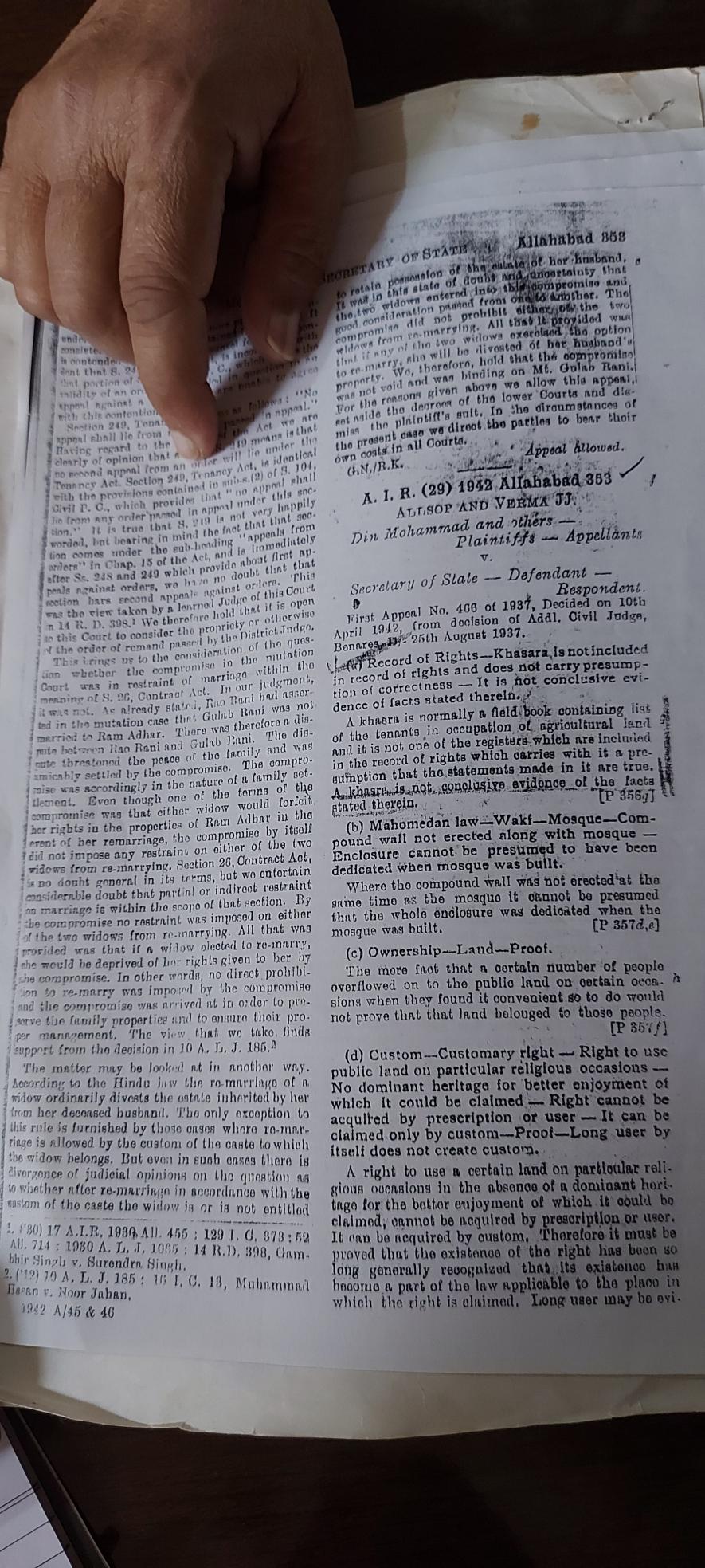
In civil suit number 62 of 1936 (Din Mohammad and others Vs Secretary of State for India in Council and others), accessed by NewsClick, the plaint in his petition had stated that "the land bearing Settlement No. 9130, measuring one bigha, nine biswas and six dhurs, situated in mauza Shahar Khas, pargana Dehat Amanat, district Benaras, containing one mosque known as Gyan Bafi (read Gyanvapi) together with a pucca courtyard at the back and a graveyard enclosure towards the north and 'pucca' staircase in front of the gate together with 'pucca' enclosure all round and a 'pipal' tree and two 'bair' trees and a 'pucca' well of brackish water, and two 'pipal' trees on the platform near the boundary wall appertaining to the mosque dedicated land is in possession of the plaintiffs and other Muslims."
Opposing the plea, a written statement on behalf of the Secretary of State for India in Council was filed, stating that "the entire plot of land on which the mosque, 'pucca' courtyard stray grave, staircase in front of the gate, together with 'pucca' enclosures all around and a 'pipal' tree stand belongs to the government and has never been dedicated nor could have been dedicated to the mosque" (paragraph number 2), "the idols and the temple, which stand there, exist since long before the advent of the Mohammadan Rule in India", "non-Muslims have been using the land for their religious purposes as a matter of right and have got a right of way over it" (paragraph number 11).
However, rejecting the submissions, then additional civil judge of Benares, on August 25, 1937, declared that "only the mosque and the courtyard with the land underneath are "Hanafi Muslim Waqf" and that the "plaintiffs and other Hanafi Muslims have a right of offering prayers and doing other religious but legitimate acts only in the mosque and on the courtyard."
So, the claims that the property in question does not belong to any 'Waqf' stands null and void. Notably, the land is still registered as Waqf No. 100 in the record of the Central Sunni Wakf Board.
"They (the plaintiffs) have a right to celebrate 'urs', etc., once in a year at the two graves to the west of the mosque and also to use the 'khandhar' as a passage for going over the roof of the mosque. It is further declared that they have no right to offer ordinary funeral or 'Alvida' prayers on any portion of the land marked red in the plaint map, which will be part of the decree. They may, if they like, offer prayers on the roof of the mosque and of the 'dhobi's' house and in the house over the northern gate and in the house to the east of the gate and also over the 'chabutra' to the north of the mosque over which exist many graves," the order had stated.
Interestingly, the present petition of the plaints in the Varanasi district judge court mentions the written submission of the then Secretary of State for India in Council in support of their claims but conveniently ignores to include the judgment of the then additional civil judge of Benares.
4. Invoking Section 4(3) of the Places of Worship Act, the plaintiffs told NewsClick that the law does not apply to Gyanvapi mosque as it is an "ancient and historical monument."
But the counsels for the Anjuman Islamia Masajid dismissed it, saying the mosque is an archaeological site covered by the Ancient Monuments and Archaeological Sites and Remains Act, 1958 (24 of 1958). It is managed by its managing committee.
Even if the claims of the plaintiffs are considered to be true that the mosque was constructed, demolishing a temple, it was a historical mistake, and as per the Supreme Court judgment in the Babri mosque title suit, historical mistakes cannot be corrected by law.
Get the latest reports & analysis with people's perspective on Protests, movements & deep analytical videos, discussions of the current affairs in your Telegram app. Subscribe to NewsClick's Telegram channel & get Real-Time updates on stories, as they get published on our website.










